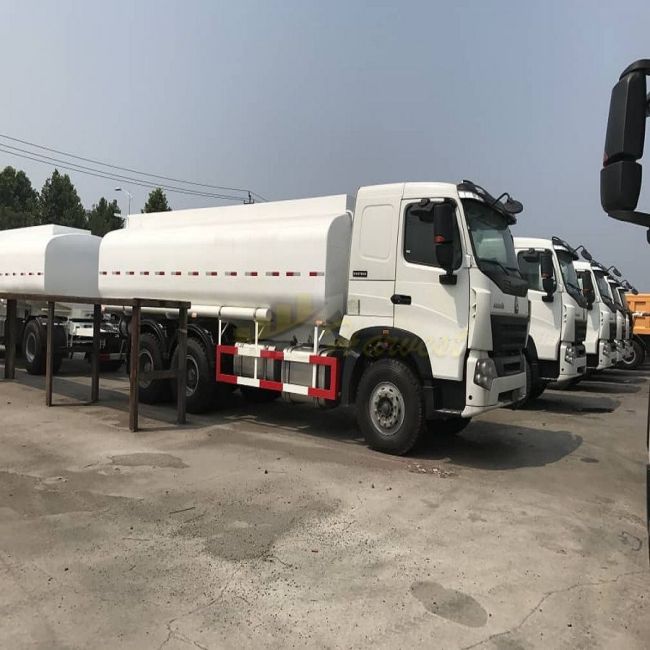Sep. 19, 2020
4. Prevent sparks caused by metal friction and cause combustion and explosion
① Strictly implement the relevant regulations on warehouse entry and exit and operation area. It is not allowed to enter the oil depot with shoes made of nails or iron shoes, not to speak of climbing oil tank, oil tanker, oil tanker, oil tank track, and oil barrel, and forbid horse mules and iron wheels to enter the reservoir area.
② It is not allowed to use iron tools to knock out the lid of the container. When opening the lid of the large drum and the tanker, you should use a copper wrench or an alloy wrench that will not cause sparks in the collision.
③ Avoid collision of metal containers with each other in the warehouse. It is also impossible to roll oil drums without gaskets on the concrete floor.
④ During the loading and unloading operations of the oil products of the tanker, the loading and unloading crane pipes should be prevented from colliding when inserting and pulling out the tanker hatch or tanker hatch. Wherever there is oil and gas, iron metals should not be hit.

5. Prevent the accumulation of oil vapor and cause combustion and explosion
① Repair welding of unwashed oil drums, oil tanks, oil tanks, and other storage containers is strictly prohibited. After washing the container, open the lid to ventilate before preparing for welding. If necessary, perform a visual explosion first.
② The barreled light oil products stored in the warehouse should be checked frequently, and the leakage should be changed in time. The warehouses, cargo sheds, and receiving and dispatching rooms for barreled light oil should maintain airflow.
③ In underground and cave oil tank areas, strictly prevent oil leakage, install ventilation equipment, and maintain good ventilation to avoid the accumulation of oil and gas.
6. Transportation anti-collision and anti-leakage
① Try to arrange the external interface of the tank body at the head part at both ends of the cylinder body because this part is not easy to be impacted;
② The valve should be built-in as far as possible to reduce the part of the valve protruding from the cylinder and reduce or avoid impact;
③ The part of the tank truck valve extending out of the cylinder body must be protected by a guardrail with sufficient strength to prevent the valve from being hit;
④ Install leak alarms at the more concentrated parts of the inlet and outlet valves for tankers containing high and extremely hazardous toxic media.
The above information is provided by the fuel tank truck factory.
Tel: +86 370 5526 616
Mob: +86 155 6587 2525
E-mail: jessie@machinery-trucks.com
Skype: +86 155 6587 2525
WhatsApp: +86 155 6587 2525
QQ: 529613450
Add.: Room 2905, 29th Floor, Jin Boda Plaza, CBD, Yongcheng, Shangqiu, Henan, China
Copyright © Henan Harvest Machinery & Truck Co., Ltd. All Rights Reserved | Sitemap |